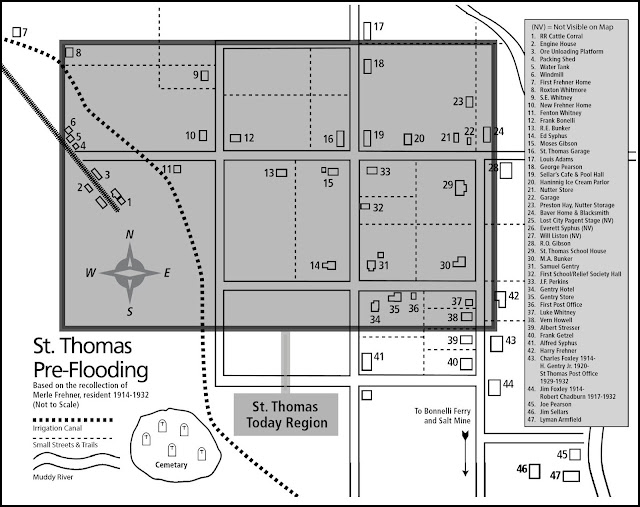{Click on an image to enlarge, then use the back button to return to this page}
 |
| (Fig. 01) |
(OPTION 1) Each show is designed to run automatically in place, without leaving the current browser window. If the show is not already running, just click the large "Play" button in the middle of the picture and let it run. (OPTION 2) Running the cursor over the picture being shown will PAUSE the show and bring up a navigation bar at the bottom of the slideshow window with Pause, Forward and Back buttons, allowing you to start, stop or manually forward or back up pictures one at a time. |
Slideshow Description:Though some are duplicates of those shown on this page, the slideshow above contains 43 pictures that were taken at St Thomas, Nevada.
Return to previous summary page [St Thomas Nevada - Summary Page]
|





















